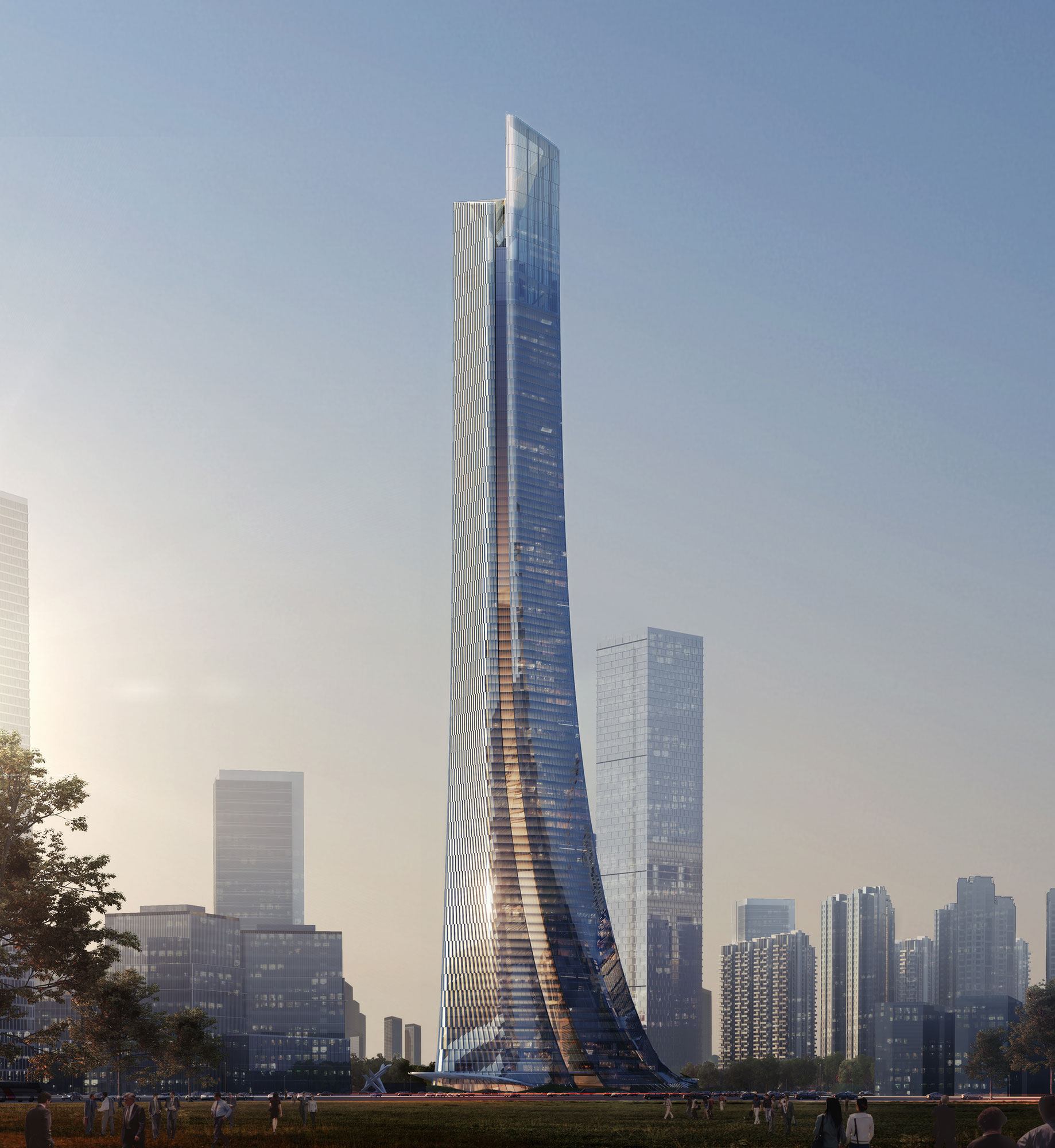Strategic decisions about structural size and shape can lower costs while improving performance. Consider solar orientation. Facing a building south, instead of west, can cut heat gain by as much as 20%, resulting in improved thermal and visual comfort, and lower operating costs. This can decrease first costs by reducing glazing, insulation, and mechanical systems. This is especially important at the scale of cities, since the urban grid generally governs which direction buildings face.

Inspired by the shape of the local banyan tree, the design proposal for Fuzhou Shimao 108 Tower rotates the structure by 45 degrees to reduce wind load and structural cost by an estimated 13%.
Urban form also influences interior space. In Washington, D.C., for example, large blocks and height restrictions result in deep floor plates and relatively low ceiling heights, undermining the ability to design buildings with access to good natural light on the inside. As the built environment grows and evolves over time, how we shape it is an essential opportunity to improve long-term resilience.
In Impact by Design 2020 we introduce Strategies for Climate Resilience: a collection of six major areas that have the greatest potential for positive climate impact in the coming years.
